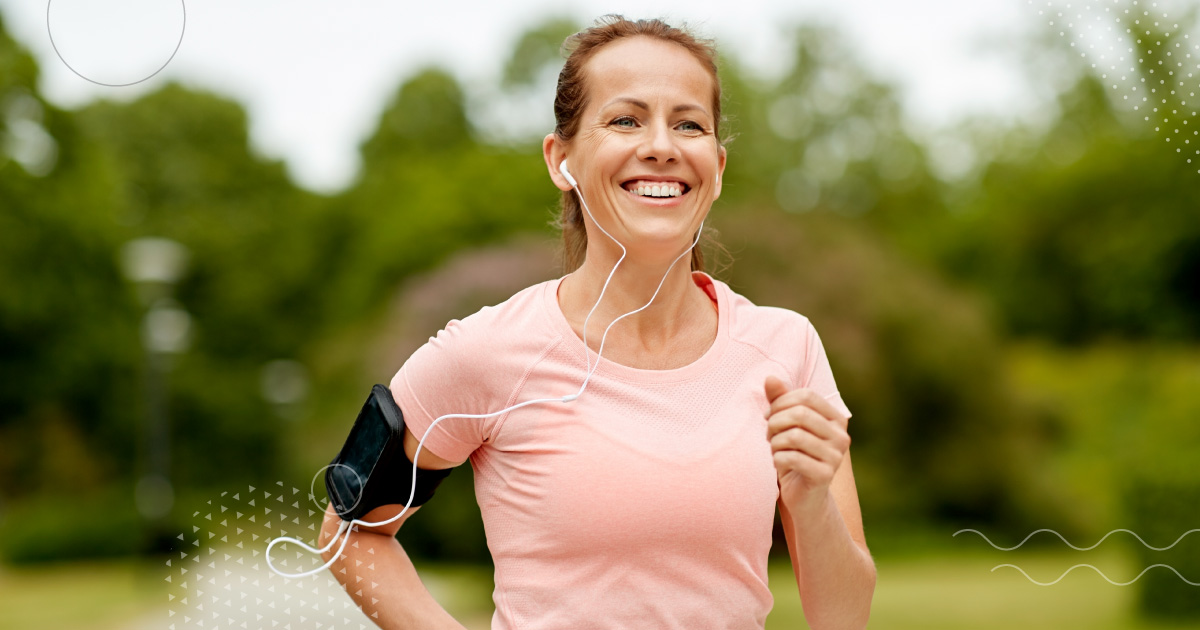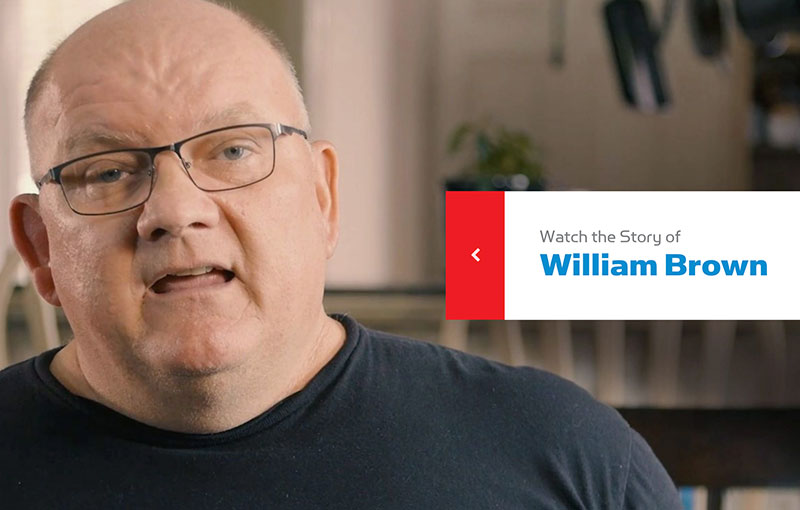Simple Steps, Big Impact: How 30 Minutes of Exercise Keeps You Healthy

It’s amazing what just 30 minutes of daily exercise can do for your health. Whether you’re trying to boost your mood, improve heart health, or have more energy, these daily movements can make a huge difference in your overall well-being.
The Heart of the Matter: Improved Cardiovascular Health
One of the best benefits of regular exercise is how it helps your heart. Engaging in daily physical activity for 20-30 minutes strengthens your heart, lowers blood pressure, and improves circulation. It doesn’t have to be strenuous either – simple activities like walking, swimming, or biking can provide cardiovascular benefits.
According to the American Heart Association, daily physical activity can help reduce the risk of heart disease. For many people, this means you can avoid heart issues by simply committing to light exercises like a brisk walk. Incorporating a daily routine of even moderate activity is a great way to give your heart the attention it deserves.
Strengthen Your Muscles and Bones
Exercise doesn’t just work wonders for your heart – it also helps build and maintain strong muscles and bones. As we age, bone density decreases, which can lead to issues like osteoporosis. Regular physical activity, particularly weight-bearing exercises such as walking or light resistance training, keeps bones strong and muscles firm.
It doesn’t take hours at the gym to see improvements. Doing bodyweight exercises like squats, push-ups, or lunges can make a big difference, helping reduce the risk of fractures or falls as you age. Simple habits such as carrying groceries or taking the stairs can also work those muscles and strengthen your core.
Boost Your Mental Health: Reduce Stress and Anxiety
Exercise isn’t just about looking after your body – it plays a big role in mental health too. Engaging in physical activity can reduce symptoms of anxiety and depression while boosting overall mood. Endorphins, also known as the “feel-good” hormones, are released during exercise, giving you that post-workout high that leaves you feeling more positive and energized.
For those who struggle with stress, a 30-minute walk outside, or even stretching, can help lower cortisol levels, which are responsible for stress in the body. Physical activity can act as a form of meditation, giving your brain a chance to rest and reset.
Improve Your Sleep: Feel More Rested
If you find yourself tossing and turning at night, adding some physical activity to your day may help you sleep better. According to the Sleep Foundation, engaging in regular exercise can lead to deeper, more restful sleep.
Exercises like yoga, cycling, or even a short walk in the evening can help regulate your sleep-wake cycle, making it easier to fall asleep and wake up feeling refreshed. However, it’s essential to avoid vigorous exercise right before bed, as this can have the opposite effect. Light activities throughout the day can significantly improve your sleep quality.
Manage Your Weight Effectively
Maintaining a healthy weight is one of the keys to overall well-being, and daily exercise can help. Even if you don’t see yourself as an athlete, 30 minutes of physical activity can aid in weight management by burning calories and increasing your metabolism.
Combining exercise with mindful eating is an excellent way to avoid weight gain and promote a healthier lifestyle. The good news is that it doesn’t take intense workouts – something as simple as walking, cycling, or even gardening for 30 minutes can help maintain a healthy weight and improve your metabolism.
Keep Joints Flexible: Stay Mobile
Staying active every day can also keep your joints flexible and reduce the risk of joint issues later in life. Simple activities like swimming, walking, or yoga can help prevent stiffness and improve mobility.
Exercising regularly helps keep the cartilage in your joints healthy, which in turn allows for smooth movement and less discomfort. If you have joint pain or stiffness, consider low-impact exercises that reduce pressure on your joints while still promoting flexibility. Swimming and cycling are excellent options that offer great benefits without stressing your joints.
Get Started with Small Steps
The idea of exercising daily might seem overwhelming, especially if you’re new to it or have a busy schedule. But remember, you don’t have to do intense, time-consuming workouts to see results. Start small with activities you enjoy – the key is to make it part of your daily routine. For example:
- Take a 15-minute walk in the morning and another in the evening.
- Try a short yoga session or a stretch routine at home.
- Use everyday activities as an opportunity to move, like taking the stairs or walking during lunch breaks.
When exercise feels like an enjoyable part of your day, it’s easier to stick to it. Gradually increase the intensity as you get comfortable, but always listen to your body.
Finding the Right Exercise for You
Everyone’s fitness journey looks different, and the best exercise is the one you enjoy and can maintain. Here are a few easy-to-start activities that offer great health benefits:
- Walking: One of the simplest and most effective ways to get moving.
- Yoga: Ideal for flexibility, mental health, and stress relief.
- Swimming: A low-impact exercise that’s gentle on the joints but works your whole body.
- Cycling: Great for heart health and leg strength, plus it’s fun.
The key is finding something that fits your lifestyle and keeps you motivated. Start with activities you enjoy, then build from there.
Take the First Step Today
Thirty minutes of daily exercise can lead to a happier, healthier you. Whether you’re aiming to boost your cardiovascular health, strengthen your muscles, or improve your mental well-being, committing to daily movement is a powerful tool. The benefits go beyond just physical health – they also positively impact your mood, energy levels, and overall quality of life.
If you’re ready to take control of your health, start small, stay consistent, and watch as your body and mind reap the rewards. For more tips on leading a healthy lifestyle, visit Physicians Premier and discover how we can help you and your family stay well-informed about your health.
Sources:
“American Heart Association Recommendations for Physical Activity in Adults and Kids,” American Heart Association, https://www.heart.org/en/healthy-living/fitness/fitness-basics/aha-recs-for-physical-activity-in-adults
“Exercise for bones,” Royal Osteoporosis Society, https://theros.org.uk/information-and-support/bone-health/exercise-for-bones/
“Why Is Physical Activity So Important for Health and Well-Being?” American Heart Association, https://www.heart.org/en/healthy-living/fitness/fitness-basics/why-is-physical-activity-so-important-for-health-and-wellbeing
“Physical activity – choosing the one for you,” Better Health Channel, https://www.betterhealth.vic.gov.au/health/healthyliving/physical-activity-choosing-the-one-for-you


